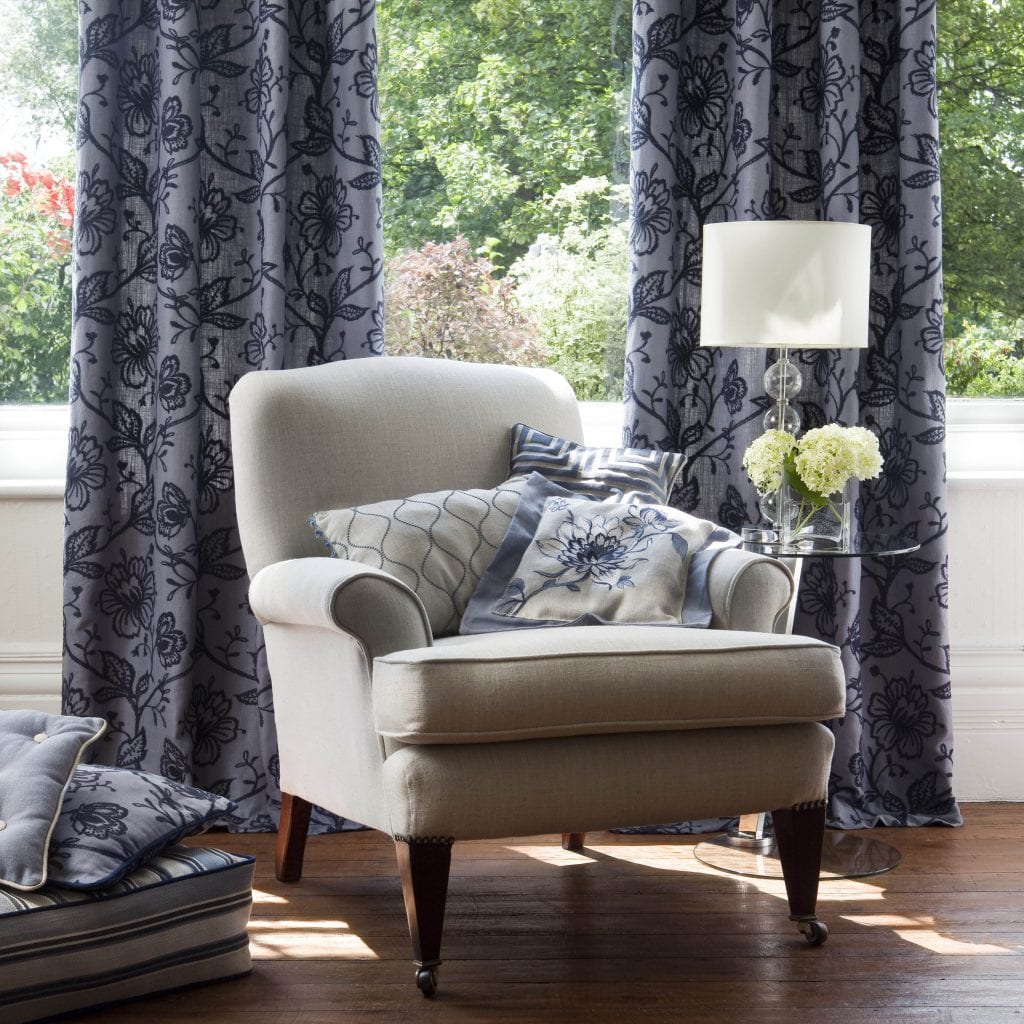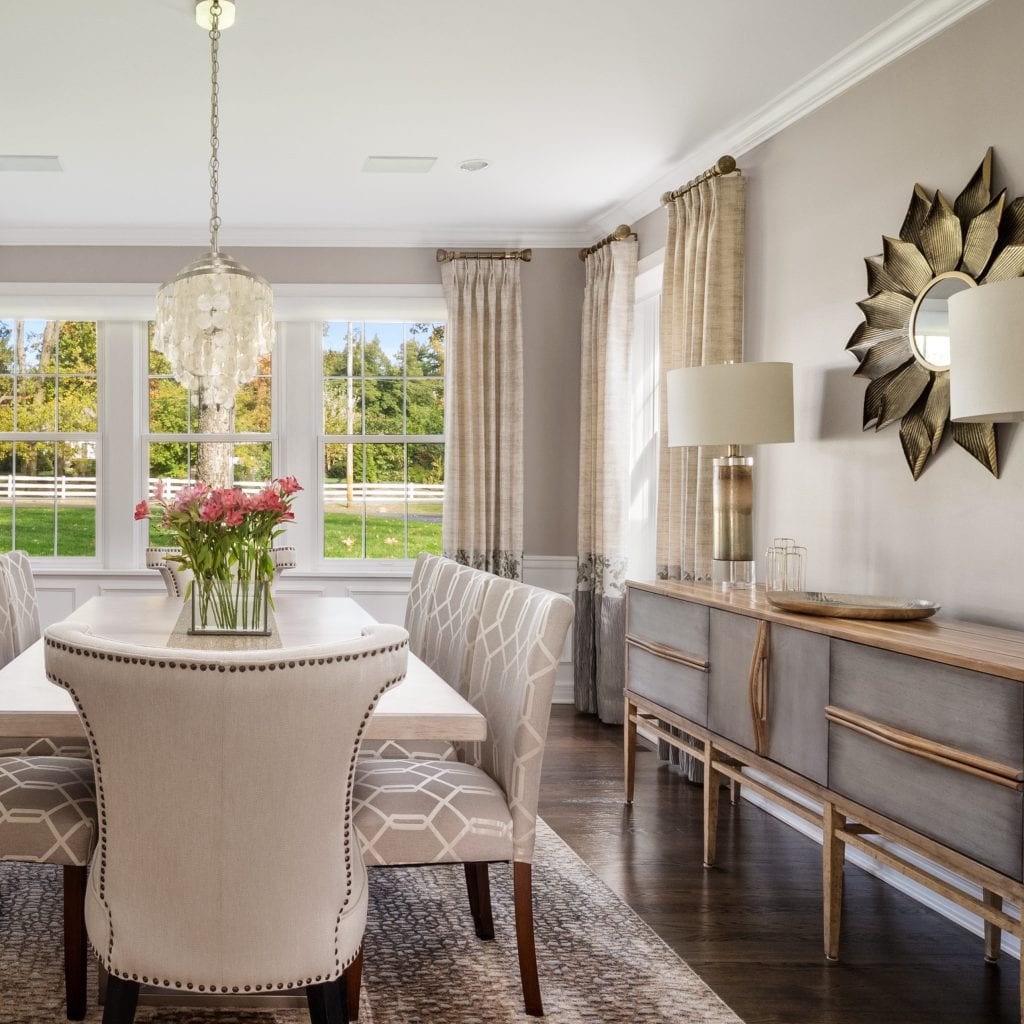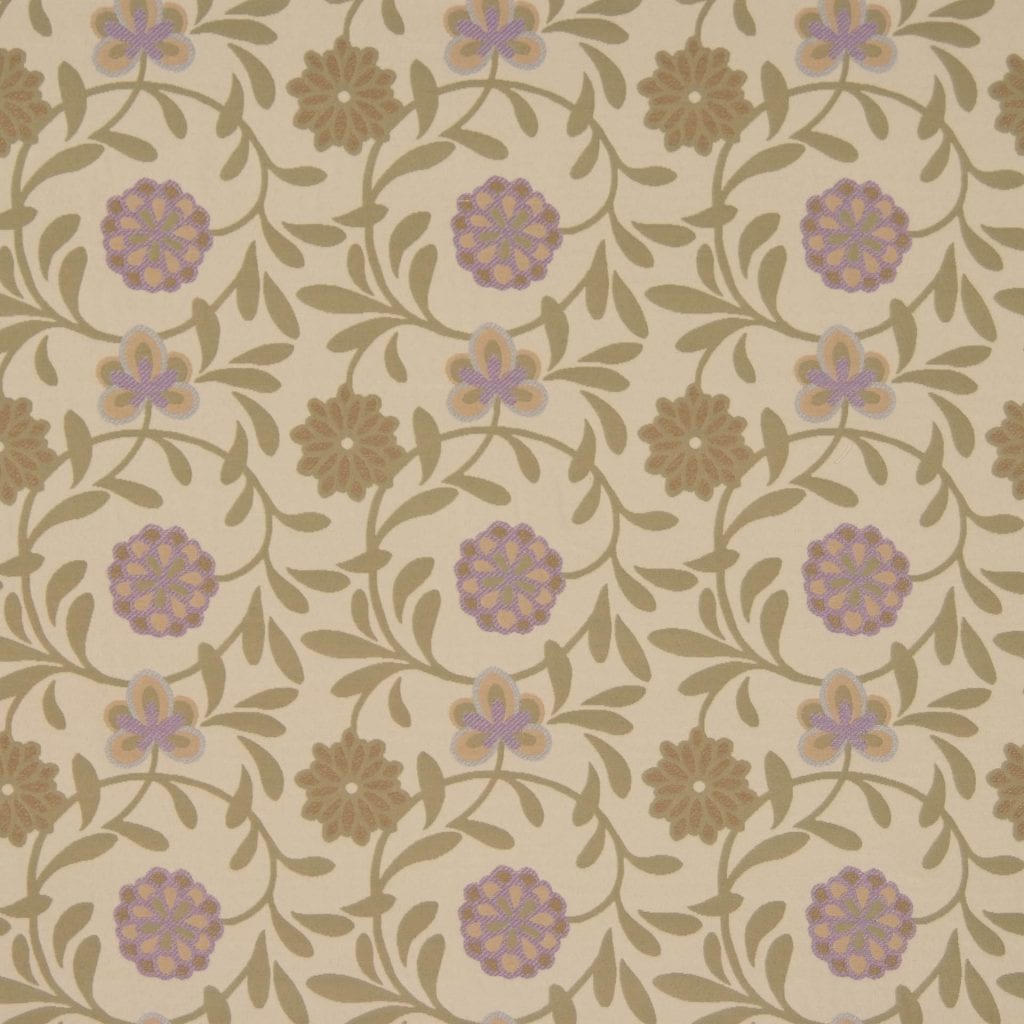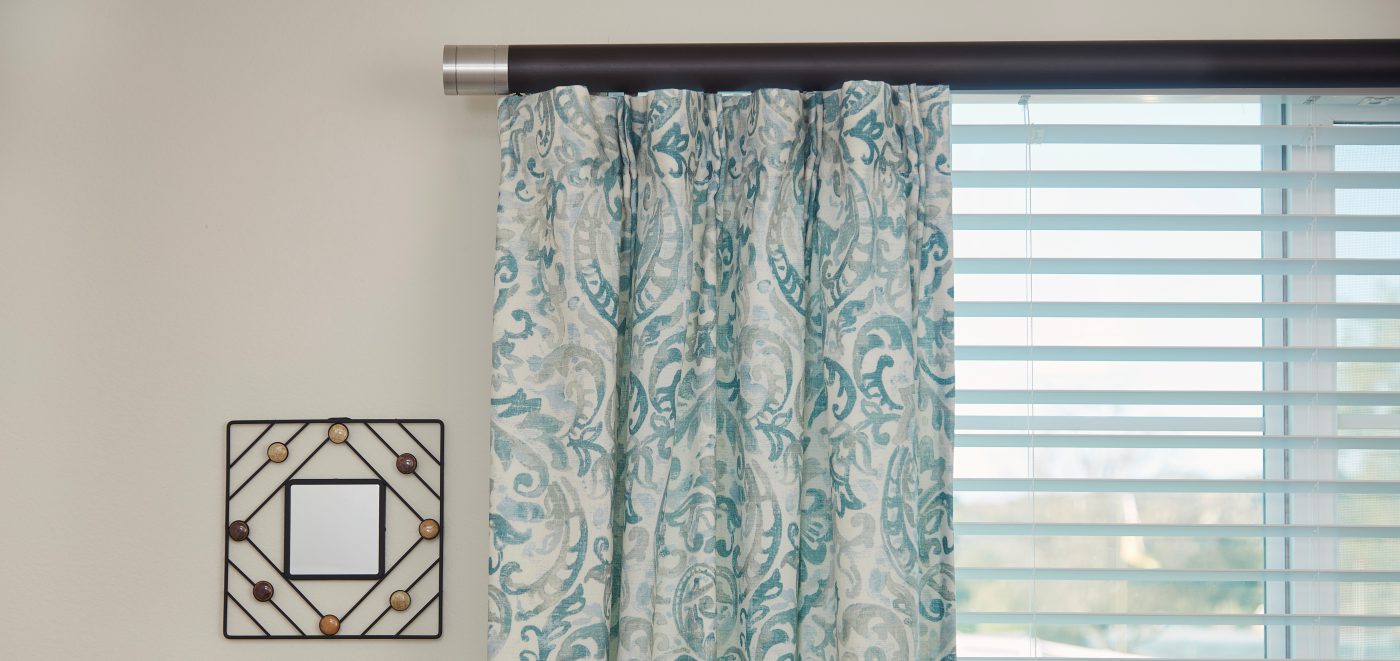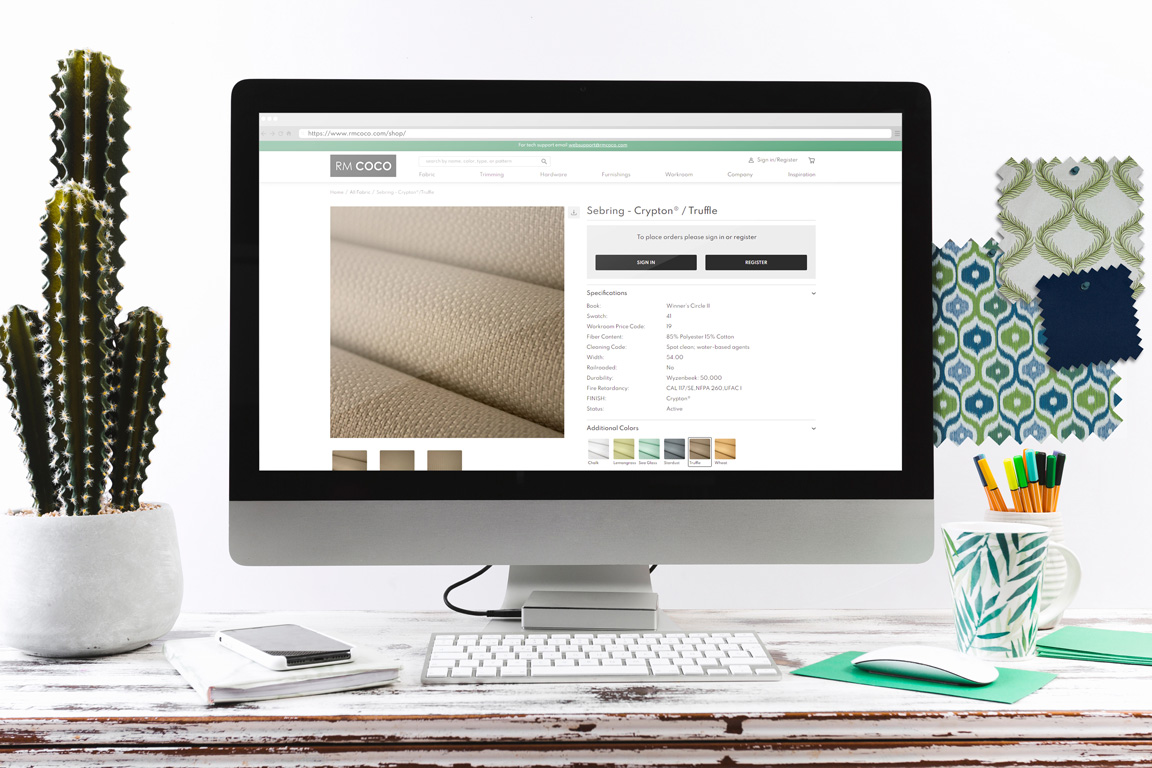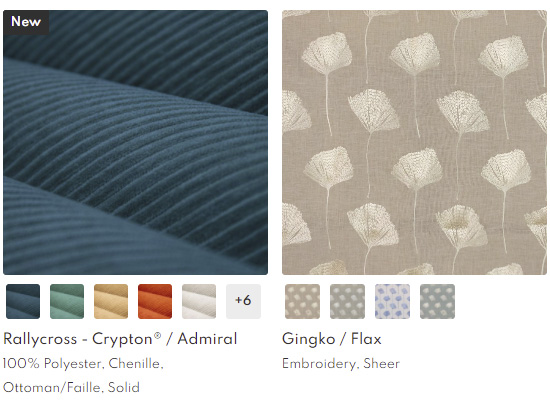Top 10 Ways to Market as an Interior Designer
The home industry is booming right now! This is the perfect opportunity for you to build your brand and your client base! RM COCO is here to help you succeed in your projects, whether through our workroom, our fabric and drapery hardware selections, or our sales representatives advice for fabric usage and coordinates. We are also happy to help you to promote your own business. Here are the Top 10 ways we know that you can use to further promote your design skills to a new audience!
Tip #1 : Get Social!
It’s 2021. Social media is old news. And yet, it is as relevant as ever. If you haven’t already done so, make a Facebook page for your business and invite ALL of your friends, family, and clients to like it. Regularly share pictures of room ideas, as well as successful projects you’ve done for your customers on your page, and be sure to tag the companies you work with, too. For example, if your project used RM COCO fabrics or workroom, mention us in the comments. This will help you be seen by more people and help grow your audience.
For great tips on how to build up your Instagram following, read this article.
And here is a good read on how Pinterest can help your design business.

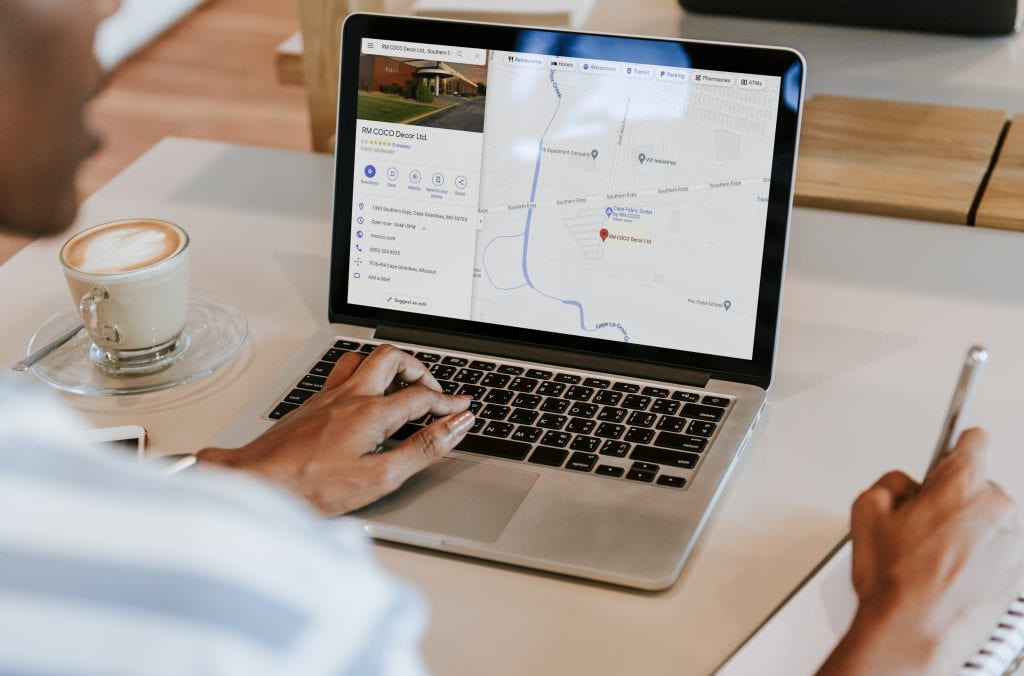
Tip #2 : Google Maps
What is the first thing people do when they need a product or service?
They Google it.
Frequently, when searching for services on Google, the results page will display map results right at the top. This is a great place to be, so you want to make sure your business is on Google Maps. Creating your Google Map business listing is straightforward, but first you’ll need to set up a Gmail account, if you do not already have one. It’s a good idea to add a lot of pictures to your business listing, as well as store hours, website, and phone number. Moreover, to be sure that you show up when someone searches for, say, interior designers near me, you want to your business categorized as Interior Designer. Google will let you assign your business to a number of categories, so pick a few that match the services you provide. Be sure to upload your logo and photos of your work to your business listing, so customers can view them straight away.
Click here to get started adding your business to Google.

Tip #3 : Logo
A sharp logo will help make your design business look more professional and memorable. You can use your logo in your email signature, business cards, shop window, advertising, invoices, social media… everywhere! Fortunately, today it is easier (and less expensive) than ever to get a professional logo for your business. You can use free online tools like www.logomaker.com and www.wix.com/logo/maker to create your own logo, or you can easily hire a professional designer to make one for you on fiverr.com.
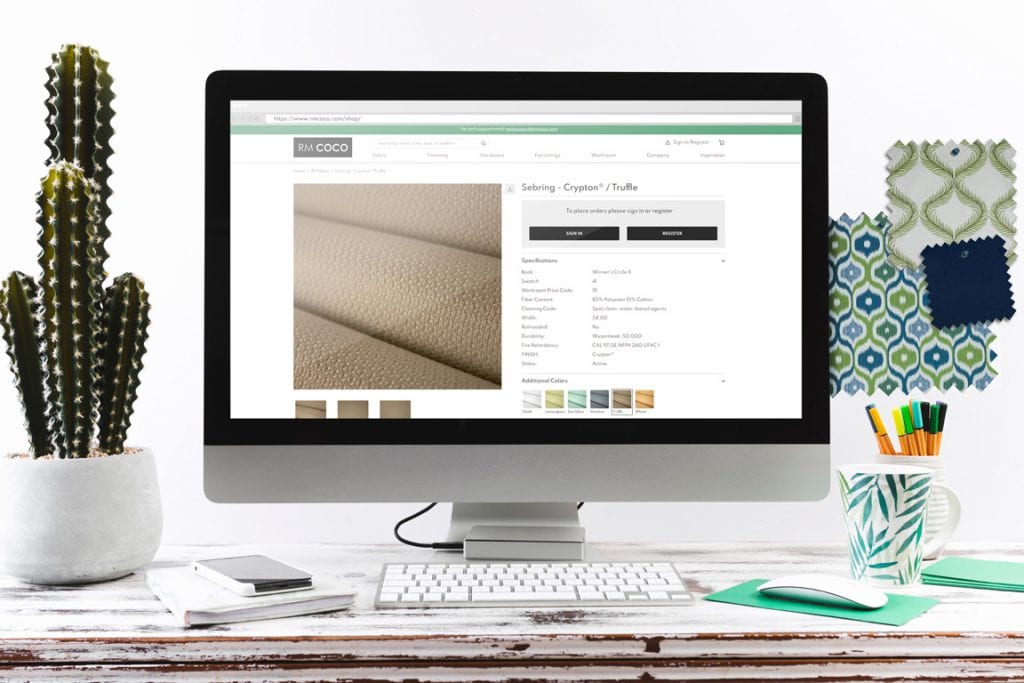
Tip #4 : Website
Every business needs a website. You need a website. Fortunately, there are options to fit every budget. If you’d like to build it yourself, check out Weebly, Squarespace, Wix, and WordPress.com. If you have the budget to hire a professional, we recommend finding someone local to work with over using an online finder. Even the smallest towns will have a website developer or two, and working with someone local is much more likely to deliver a website you’ll be happy with.
For content for your website, all you really need are some nice photos of your work, a fun description of you (or your firm) and your design philosophy, and your contact information. Keep it simple, clean, and professional.
SEO Tip – Make sure you include your service area on your website.
Tip #5 : Professional Photos
A picture is worth a thousand words. As a designer, you must have a nice gallery of your work to display on your website, social media accounts, and to email prospective customers. Fortunately, thanks to today’s technology, you can capture very high quality photos using your phone or digital camera. The key to good room photos is lighting – the brighter the better! Light increases the detail in a photograph and generally makes scenes more flattering. If you closely study a well lit room scene from a top level magazine or blog, you’ll notice that many times they have additional light sources just out of frame to add more light and reduce shadow. You don’t need to go to these lengths, but for extra light consider turning on your flash even when it seems plenty bright already. With enough light, you’ll get a fast shutter speed and you won’t need to worry too much about blurry photos. Nevertheless, to get the best results, attach your phone or camera to a tripod or perfectly stable surface and use a timer delay (this will give the device time to stop moving after you’ve pressed the button).
Consider getting a professional headshot or casual shot of yourself (and your team, if you have one).

Tip #6 : Angie's List (now Angi)
Angie’s List is a very popular directory and review site for home improvement businesses. Every day, thousands of potential customers search Angi for interior designers, upholsterers, and workrooms near them. Putting your business on Angi is free, so it’s an easy win.

Tip #7 : Testimonials
Ratings and reviews. Ratings and reviews. You can’t go anywhere today without seeing them. Why? Because people are much more likely to buy a product or service when they can see unbiased, unfiltered comments by other purchasers. Now, you don’t need to give yourself a star rating or anything, but it is a good idea to have a few customer testimonials to display on your website and potentially share on social media. Just ask a few of your best customers if they wouldn’t mind saying something positive about working with you or about how pleased they are with your work.

Tip #8 : Network
When you can, attend events that both prospective clients and other designers would likely frequent. Networking will help you develop and improve your skill set, stay on top of the latest trends in your industry, keep a pulse on the market, meet prospective mentors, partners, and clients, and gain access to the necessary resources that will foster your career development. Networking can also include those in other home-related fields, such as contractors or builders. For example, if you connect with real estate agents, they may recommend you to their clients when they sell homes, thus increasing your client base.

Tip #9 : Virtual Consults
A virtual consultation allows you to get a broad picture of a client’s home and ideas so that you can begin translating inspiration into a beautiful space. This process of virtual consulting can help you get a head start on a project, without actually visiting a home, which can be very important to certain clients within this age of COVID and social distancing. This can cut down on travel time for in-person consultations, and grow your client base beyond those in your immediate area.
Zoom is a great free resource for video calls, as it is easy to download and use, as well as schedule meetings, for both clients and you, as a designer!
Tip #10 : Elevator Pitch
When you meet a prospective client, it is important to have a great selling pitch, also known as an elevator pitch. It should be no more than a 60 second explanation of your skills as a designer and why you are a better option over other designers (don’t be derogatory though! Simply focus on your pros, rather than other designer’s cons). This should be a persuasive pitch to create interest in yourself and your abilities! Don’t focus on details such as pricing or timeline, unless you stand out within those categories compared to others. Make sure to practice as well, in front of a friend or even a mirror!
Elements of a Great Elevator Pitch:
- Be brief and clear.
- Make it specific to your audience.
- Highlight your benefits.
- Identify the problem and your solution.
- Make a compelling call-to-action.
- Extend an invitation to continue the conversation.





 Sign Out
Sign Out
 View Cart
View Cart



